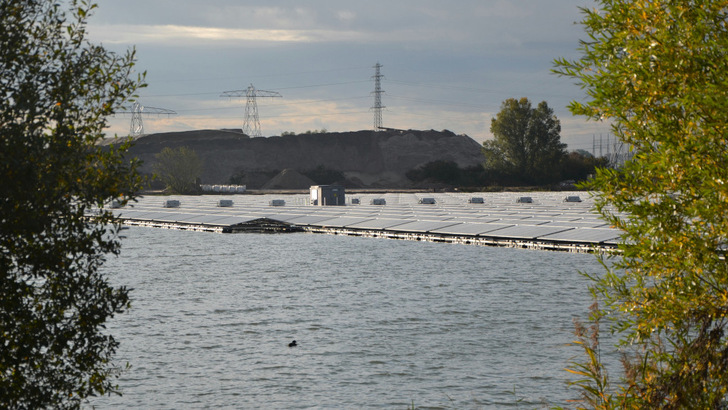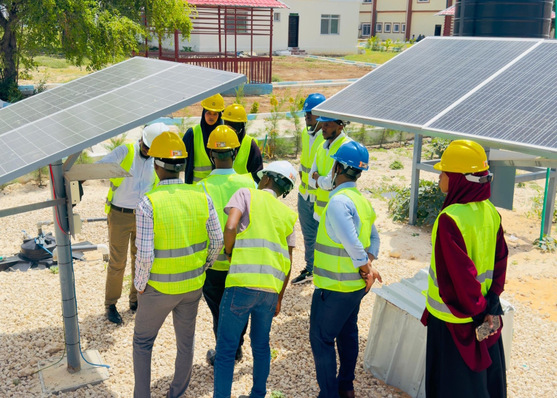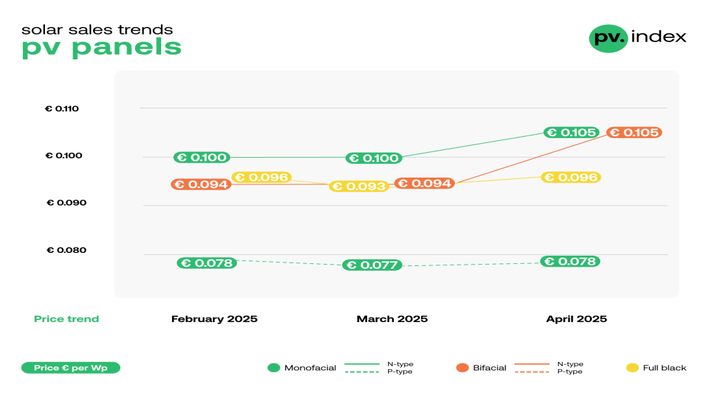How many floating solar panels some water reservoirs in the U.S. could hold? To get an idea of that, researchers have used more detailed criteria like water depth and temperature to get a more accurate idea of how many of these systems could be installed. Even in their most conservative estimates, the country's reservoirs offer huge potential for future development and could host projects with capacities of up to 77,000 megawatts of floating PV installations.
Energy yield quantified
For the study, the researchers Evan Rosenlieb and Marie Rivers, geospatial scientists at the U.S. Department of Energy National Renewable Energy Laboratory (NREL), as well as Aaron Levine, a senior legal and regulatory analyst at NREL, quantified exactly how much energy could be generated from floating solar systems installed on federally owned or regulated water reservoirs.
The result is: The potential is surprisingly large. If all analysed reservoirs would be used for the installation of floating PV systems, it could be possible to generate up to 1,476 terawatt hours per year. „That’s a technical potential,“ Evan Rosenlieb said. That means, it is the maximum amount of energy that could be generated if each reservoir held as many floating solar panels as possible. „We know we’re not going to be able to develop all of this“, Rosenlieb says. „But even if you could develop 10 percent of what we identified, that would go a long way.“
Floating solar park built off Dutch coast
Investigate economic and social potential
Of course, not all water reservoirs can be fully used. So, the next step of the analysis is to consider how human and wildlife activities might impact the development of floating PV systems on specific reservoirs. Nevertheless, the recently published study provides far more accurate data on floating PV in the U.S. than ever before. These data could help developers more easily plan floating PV projects on these reservoirs. This in turn could help to achieve the country's energy targets, the researchers are certain.
Floating solar plant installed on artificial lake
If you would like to learn more about this topic, you can find the study at the ScienceDirect website. (su)









